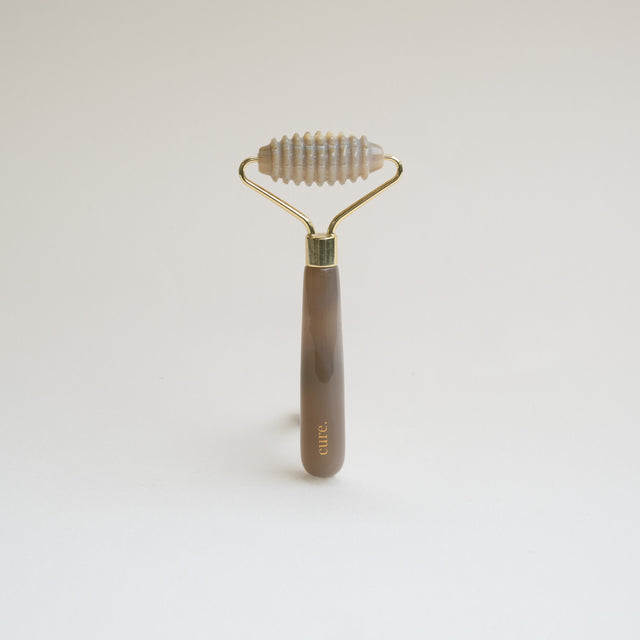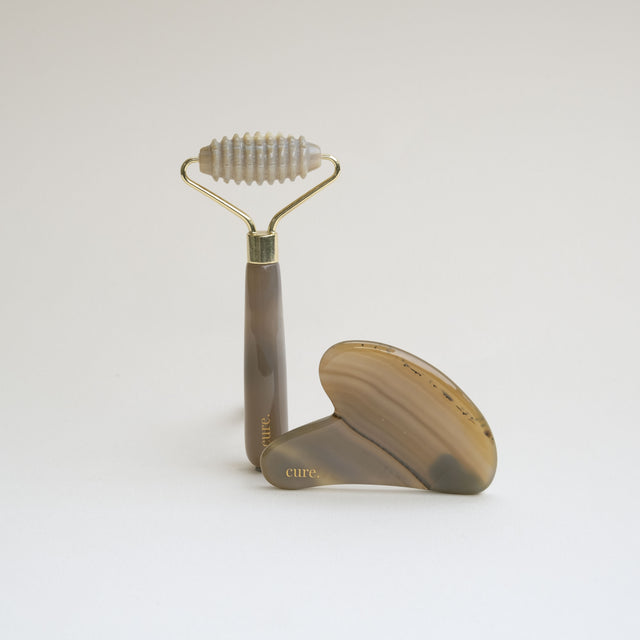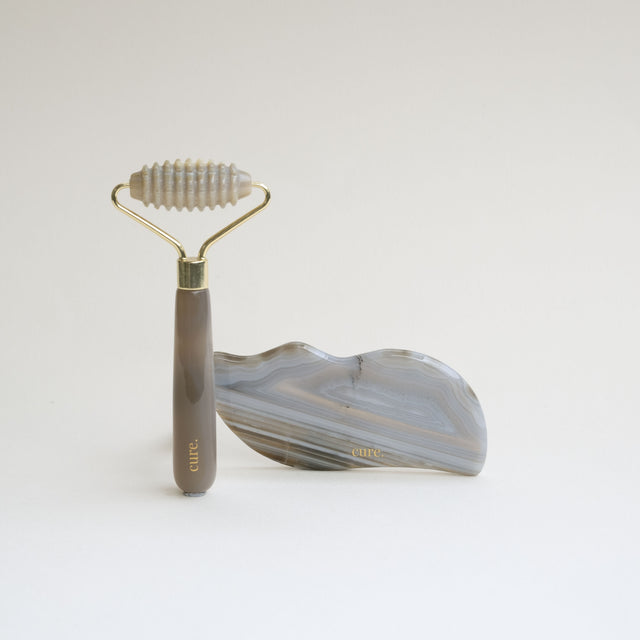Why does the skin become saggy?
Sagginess, along with pigmentation, dryness, and wrinkles, is one of the age-related changes in the skin. In some cases, the skin loses its tone long before reaching mature age. Let's talk about the factors that can contribute to this.
Skin sagging occurs against the background of a decrease in the natural production of elastin, collagen, hyaluronic acid, and impaired microcirculation in the tissues. Along with this, the skin becomes thin, wrinkles become more pronounced, the oval loses its sharpness, and bags and dark circles under the eyes may become more noticeable. Typically, this happens between the ages of 35 and 45, and after 50 to 55, sagging becomes particularly pronounced.
Sagging can also occur at an earlier age. Here are some factors that can trigger it:
- Chronic stress and acute lack of sleep.
- Frequent exposure to prolonged sunbathing without sunscreen.
- Sudden weight loss.
- Hormonal imbalances, some diseases of the endocrine and nervous systems.
- Tissue dehydration: insufficient moisturizing and failure to maintain a proper hydration level.
- Lack of vitamins and harmful habits.
- Inappropriate or inadequate skincare routine that does not meet the needs of the skin.
How to fight skin sagging
It's impossible to stop time and put the aging processes in our bodies on pause; we can only slightly slow them down and adjust them. To do this, you need to review your lifestyle, some habits, and your beauty routine.
Nicotine and alcohol are the biggest enemies of our skin. Try to quit them completely or minimize their consumption. Add more physical activity to your life, go for walks more often, and engage in sports or dancing.
Establish a sleep routine; its lack can lead to collagen breakdown in the dermis. Healthy, restful sleep is the best beauty treatment, and to ensure nothing disturbs it, use a sleep mask.
Take a closer look at your diet, try to eat as balanced as possible, and drink an adequate amount of pure water.
Don't forget to use sunscreen and regularly take care of your skin at home. Cleansing, toning, and moisturizing are the basis of your daily skincare routine. Include anti-aging products in your routine to improve skin tone and elasticity, containing components that promote collagen and elastin synthesis. And don't forget to choose cosmetics according to your skin type and its needs.
The skin begins to lose its elasticity as early as 25-30 years old. At this stage, facial massage with a roller or gua sha tool will be a good preventive measure against sagging. As a prevention, you can do massages 2-3 times a week. At a more mature age, the ritual can be performed more often. Massage improves blood circulation and promotes the production of elastin and collagen. The most important thing when performing it is to observe the correct technique.
If you believe that sagging has occurred due to reasons beyond your control and not due to age-related changes, consult a doctor. Perhaps they can help understand and eliminate the cause of sudden changes in the skin structure.








